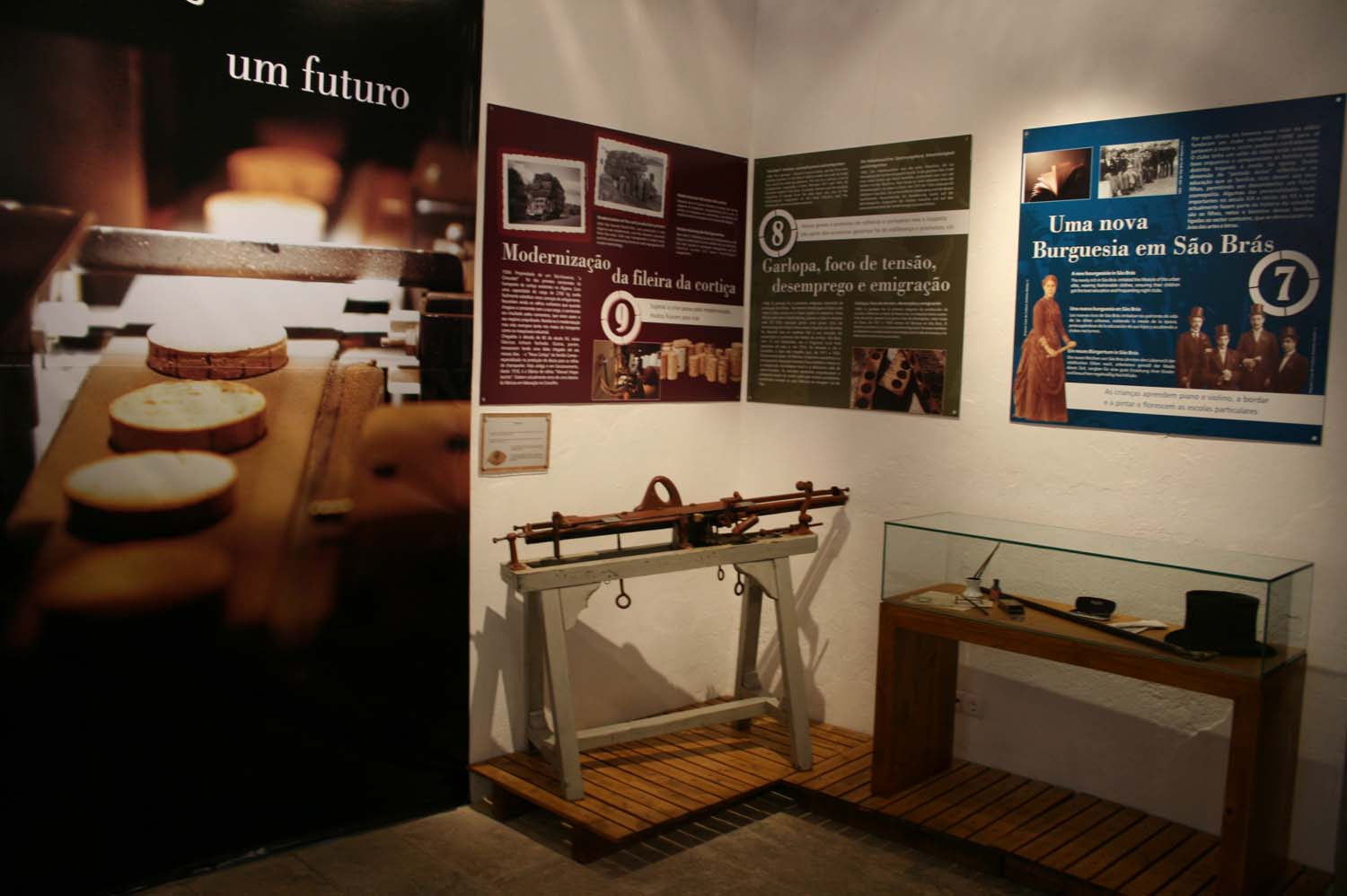 |
 |
Cork is one of today's main economic activities in S. Brás de Alportel. The cork trade began in this area around
the middle of the 19th century when a group of businessmen made S. Brás de Alportel one of the major cork
production centres in the world.
| ................... |
The cork oak grows in areas which are dry, but influenced by the sea. It is a typical tree in the watersheds of
the western Mediterranean.
The cork oak is found almost all over Portugal, but mainly south of the Tagus river, and
especially in areas close to the coast
Cork is the bark of the tree. After it has been removed, a new layer of cork forms which can
be harvested after 9 to 12 years, and so on for the life of the tree.
| 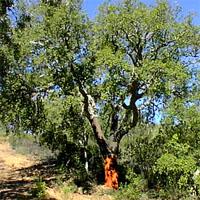 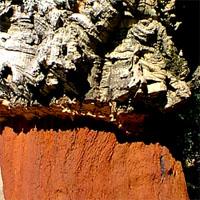
|
.................. |
| ................... |
The sale of cork within the forest is an old practice, the two most common ways are to sell it
while still on the tree and to sell it after it has been harvested. In the latter case it is piled up, usually
by the side of the road, sorted according to category in a way that draws the attention of any passing potential
buyer.
The cork is weighed and sold while still in the forest.
In earlier times the cork was transported in the forest by draught animals. After being
weighed, the cork was baled with the help of a manual press and transported on the backs of animals or in carts
to the factory.
| 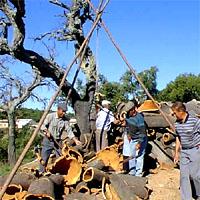 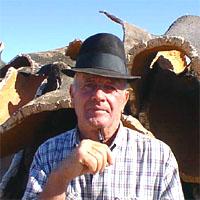
|
................... |
| ................... |
After harvesting the cork has to dry for at least 6 months, after which it is heated to remove
any fungus or insects, and it becomes malleable and flat. Next the cork is left for two to four weeks before
being graded and separated into different categories according to its texture and thickness. After being pressed
and bundled the cork is ready to be sold to workshops and factories for processing. There have been many changes
over time
In the processing of cork into sheets, as well as technological developments. Various types of
electrical tools have been introduced, such as the crane and forklift. The presses used in the factories are no
longer operated by hand.
During the past decade, S. Brás de Alportel has seen a revitalisation of the cork industry with
the arrival of new factories with modern equipment. Author is Luisa Cunha.
|
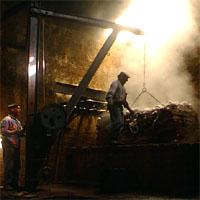 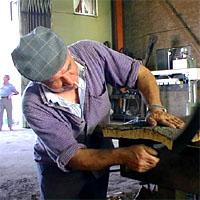
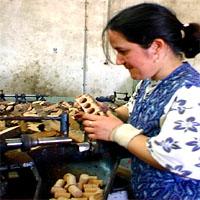
|
................... |
Home |




